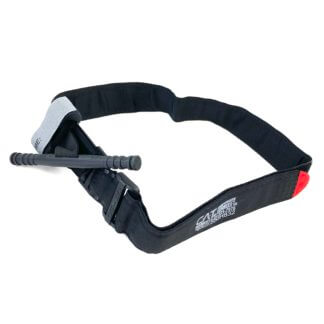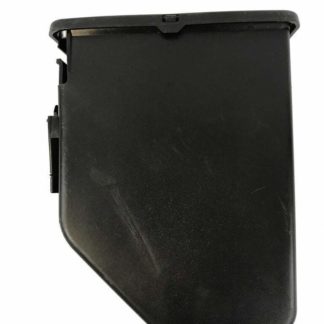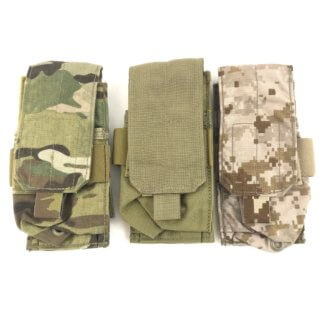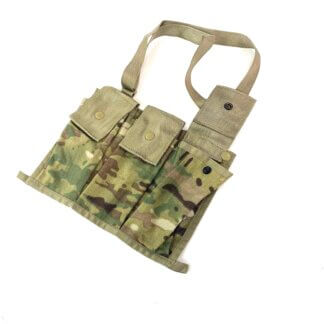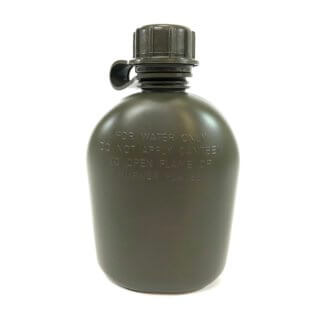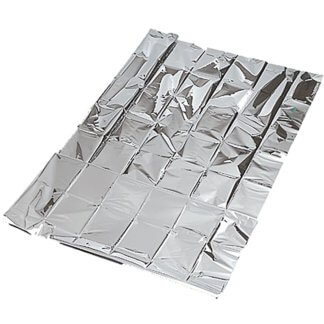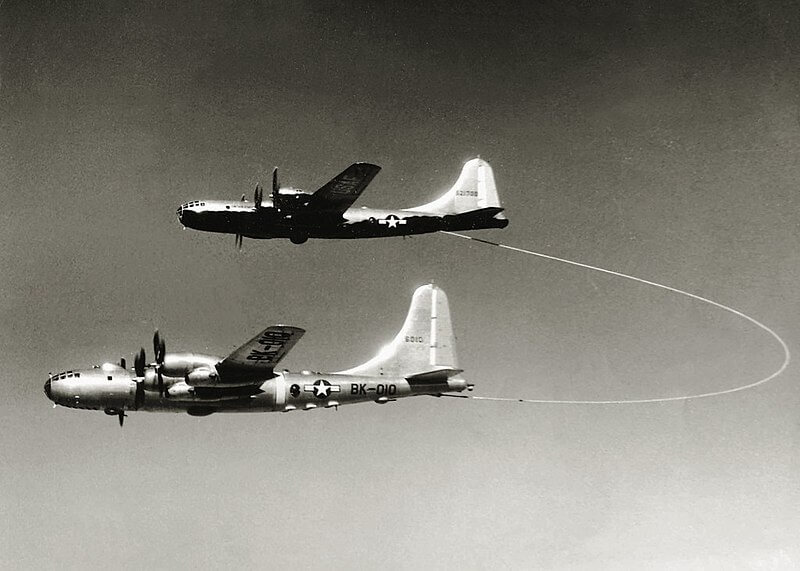
US Military History Throughout The Years
Short bits of history you know and some you may not!
- Black Market: Tuesday, February 29, 1944 – The Office of Price Administration announces that in 1943 the black market made over 1 billion dollars due to war time rationing. Goods and food such as meat, sugar and car tires were all rationed and at times unavailable on the civilian market during the war. As a result, many citizens turned to the illegal black market to get the items they needed. Even after the end of the war this shady market would thrive for a few years, with building supplies and automobiles remaining scarce as the economy reverted back from its war time stance.
- Rolling Thunder Begins: Tuesday, March 2, 1965 – Operation Rolling Thunder would begin over the skies of Vietnam. The 44 month long aerial bombardment campaign had four main goals. To boost the low morale of the Saigon Regime (South Vietnam), cause the North to stop supporting communist forces in the south without having to send American ground troops north, destroy key North Vietnamese infrastructure, and halt the flow of enemy troops into the south. By the end of the operation over 300,000 attack sorties would be flown by American forces with 864,000 tons of bombs being dropped. In comparison to other wars, only 653,000 tons of bombs were dropped in the entire Korean War and 503,000 in the Pacific Theater during WW2. While massive amounts of enemy infrastructure and supplies were destroyed along with thousands killed, the operation was not truly successful. The North Vietnamese people and military would prove exceptionally capable in dealing with the punishment of the bombings and American politics would hamper and limit the campaign from reaching its full potential.
- Non Stop: Wednesday, March 2, 1949 – The Lucky Lady II, a B-50 Superfortress, becomes the first aircraft to fly around the world nonstop. With a total crew of 14 the plane would be flown for a minute past 94 hours and would refuel in flight four times. The crew was double the normal size and operated in 4-6 hour shifts during the flight. The bomb bay was fitted with an additional fuel tank to increase capacity for extra range. Each of the aircrafts crew was awarded the Distinguished Flying Cross after the flight was completed. The mission showed that the US Air Force could send bombers anywhere in the world and brought around the concept or refueling fighter aircraft midair as well. The Lucky Lady II would later be involved in an accident, leaving only the fuselage preserved to the day. Nearly a decade later the Lucky Lady III, along with two other B-52 bombers, would complete the journey around the world in just 45 hours.
This week’s featured products.
Best-Selling Military Gear
-

North American Rescue GEN 7 CAT Tourniquet
$29.99 Select options -

USGI M249 SAW Ammo Box, 200 Round
$11.99 – $16.99 Select options -

Eagle Industries Double M4 Mag Pouch
$3.99 Select options -

USGI Military Poncho Liner, Woobie Blanket
$19.99 – $49.99 Select options -

USGI 6 Magazine Bandoleer
$3.99 – $21.99 Select options -

USGI 1 Quart Canteen
$5.49 Select options -

North American Rescue Compressed Gauze
$4.99 Select options -

North American Rescue Survival Blanket
$1.59 Select options

